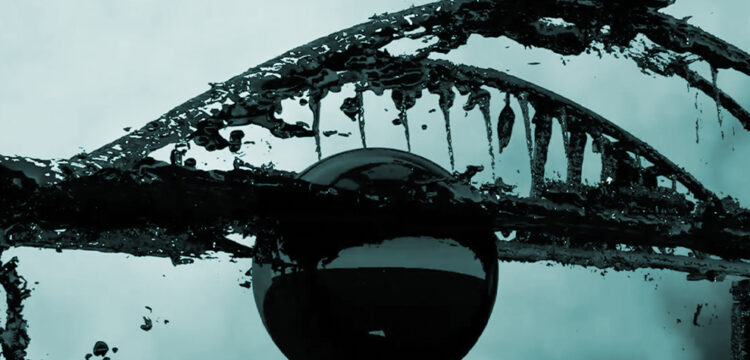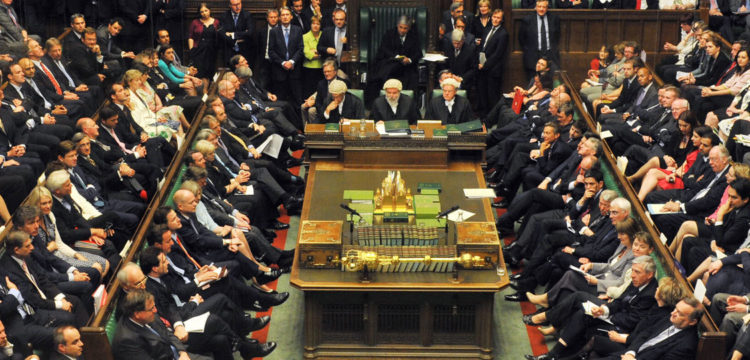The Uprooted Molar
How to fall in love with a dead animal?
What has left since we left is a project by Giulio Squillacciotti, that articulates the fictional end of Europe with the language of love and separation, and unfolds through a book and a film. The following essay is an excerpt from the book that was published by Onomatopee Eindhoven, designed by Studio Temp and edited by Giulio Squillacciotti. Likening the political bonds that tie together European countries to the fluctuations of romance and desire, the book unpacks the complexities of the European relationship by touching on ideas of identity, collapse, migration, conflict and hope. It features contributions by Ayşe Zarakol, Marwan Moujaes, Federico Lodoli, Marina Lalovic and Erica Petrillo.
Together, these texts complement and expand on the script for the film—directed by Giulio Squillacciotti and written with Daan Milius and Huib Haye van der Werf—which fictionalises the current European dystopia by re-enacting and problematizing the rituals of kinship and relational struggles. On February 7th 1992, the Treaty on European Union was signed in the Dutch city of Maastricht. Decades later, the representatives of the last three countries left in Europe meet again in the very same room where it was signed, this time to deliberate on the permanent shutdown of their Union. In what seems to be a looped therapy session, the three characters—helped by a British interpreter as a self-appointed analyst—try to deal with their feeling of loss. The conversation allows their political and personal bonds to be woven together metaphorically, compelling them to face their identity crisis and acknowledge what is left, what no longer is and what still could be of their Union.
The film premieres at Rencontres Internationales Paris/Berlin on February 26th, at 7pm.
It’s half past midnight, and it’s late to tell a story. A tree beats like a clock the seconds of the storm. I’m inside a small brick house. No Golden retriever in this house and no passers-by to bark at. My name is on the doorbell, and it’s a hieroglyph for the postman. I’m in France, but that’s not the story I want to tell. Here’s how I would like to start. Through the easiest and perhaps, the most obvious path: the distant memory of the myth. In fact, the story of Europe is, in its core, a love story between a Phoenician princess and a bull. More precisely, the birth of the legal and political shape of Europe occurred through the romance between the young woman and the animal. This geographical European entity is nothing more than the political fruit of this awkward union. To the extent that every time I read the word “European union”, I hear the bawling bull of this old romance. So, an intuition came to mind: anyone who is (still) capable of falling in love with an animal is European. A European is someone who has the courage to follow a bull and be fooled by a white and clean furry face. But what does all this mean? This is not a demonstrable hypothesis, it’s a simple suggestion: a European is someone who is still capable of seducing an animal. Therefore, European is anyone who is still able to desire an animal and to contemplate it as a far distant star.
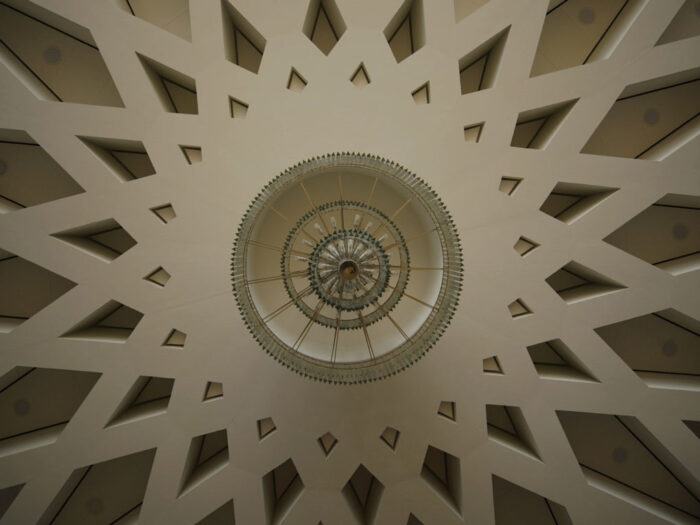
I wanted an excuse to walk alone and slowly. I am in Lebanon, in Tyre. I buy a coffee from a street vendor on the sidewalk of the former Phoenician metropolis. The city was once ruled by the father of Princess Europa. Among the faces of the women and men walking around me, I search for the one who is capable of loving an animal. Unfortunately, this is not an easily identifiable trait of character. The coffee has been poured in an orange cardboard cup. It smells like a sock. It’s not even black; just thick and almost clotted. I’m walking around the ruins of the Phoenician fortress and a crowd speaks behind my back a language I know very well. Here, Europa was a girl from the village and, in a way, a princess among many others. She was beautiful, certainly, but she was a beauty among many others. The story of the bull is a scandal here. A scandal among so many others too. Suddenly, a few meters away from where I am, I notice a small fishing boat drawing circles in the water around a strange floating mass. In the boat, two fishermen start shouting loudly around the bloated shape. The images broadcasted the day after show the swollen body of a dead cow, with its eyes open, in the Mediterranean waters. It was one of many cows drowned when a livestock carrier capsized at sea. Other corpses were pushed towards the golden sand of Tyre. They stink, like bad coffee in a cardboard cup. How do you fall in love with a dead animal that stinks? The death of the cow sketched the death of the myth. However, before it died, the cow left a signature. It mouthed its final goodbye to the myth and its legacy to Europe.
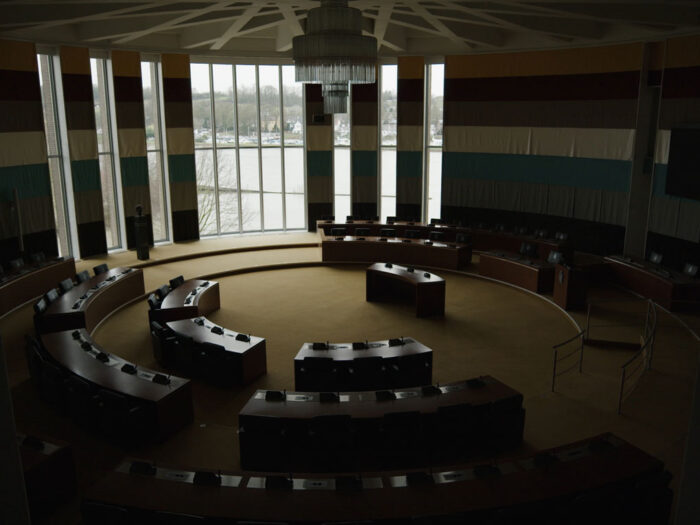
On September 9, 2014 I left Lebanon for the very first time. That same year I had made my first passport. On one of the pages, my mother’s name is printed next to the name of the Director of the General Security, one of the highest military authorities in Lebanon. I will not dwell in the details of the long process that led me to obtain a visa allowing me to land on French territory. I would rather bide on another moment, significant enough to make me forget the volume of paperwork needed to validate the conjunction between my mother’s name and the name of the Director of the General Security with my legal antecedents and the weight of my bank account. All this was forgotten when I was in front of the landscape of the plane that took me away from the beach, over the Mediterranean and into the European zone. I fly with a hundred and fifty Lebanese women and men over Cyprus and Greece. A four-hour stopover in Belgrade and then a new plane takes us to France. Nothing is extraordinary in all this. Then, we get out of the machine, walk down a corridor, and find ourselves between some kind of strips tracing a maze that will lead us, if we choose the right path, to a glass door protected by a strong and big man in a suit sitting behind a desk set behind a window pierced by a small slit. One after another, we are led without any guidance through this labyrinth. Around me everything is clean like a new phone or a new wallpaper on an old laptop. I keep walking behind this crowd of non-Europeans to find myself, at last, in front of the big man in a suit sitting behind his desk. And here comes the most important moment.
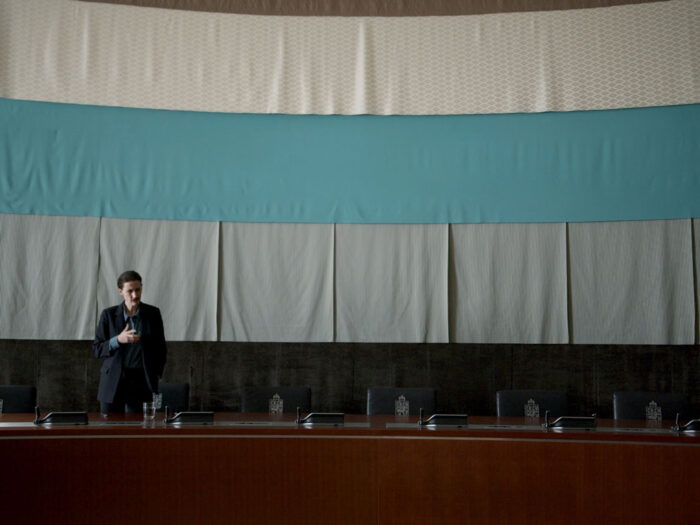
With my passport in his left hand, he looks at me straight in the eyes. The wrinkles around his eyebrows say that he is sufficiently concentrating. Then, he reads my first and last name and asks me if it is really me. I can’t remember exactly all the distortions he inflicted on my name while pronouncing it, but I do remember one thing: the only parts of my name he didn’t miss were the vowels. He didn’t miss any of them: A O U E. Except that the combination of those same vowels with a few numbers of consonants was difficult for him to process. I later knew that he was not the only one who would fall into the muddy landscapes of the name. His strong face muscled up to his nostrils could not read five vowels separated by seven consonants: M R W N M J S. The way he struggled to put my name in order was delightful. Each consonant turned in his mouth like an uprooted molar. I could see his molars banging hard against his gum as his mouth opened happily and proudly to pronounce a vowel. I corrected him on how to pronounce my name. He did not apologize but gave me back the passport stamped with a date and opened the glass door to Europe. I do not know whether the mothers take this into account when naming their children. My mother seems not to have done it on purpose. I asked her once. However, even without being prepared in advance, every name is, in a way, doomed to be unpronounceable. The gates of Europe are the most serious exercise of this failure of the name. Are we all Jehovah with unpronounceable names? Perhaps, in a way, we are. But even Jehovah continues to wear the last vest rescuing the failure of his name: the vowel. Without the reign of the vowel, no name can touch the gums. Now it all begins to make sense.
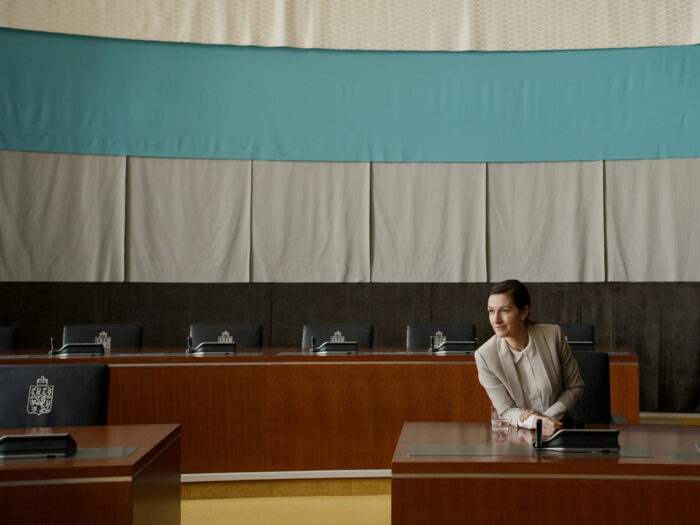
Speaking of all this, I decide to go back to the visuals broadcasted on national TV channels and social media right after the cows’ shipwreck in front of the Lebanese beach. In one of the videos—which was filmed with a mobile phone—in the water next to the dead body of the cow, there was a corpse of an animal dancing over the surface of the sea. At one point the camera turns around the cow and shows the head. The cow’s mouth is open. We certainly don’t hear anything except the lapping of the water and the conversation between two men. In this Chaos, the open mouth of the dead cow turned towards the camera pronounced a muted vowel. Other images broadcasted few days later show other cows stranded on the beaches of Sidon and Beirut. All their mouths are open. Every cow, before dying, articulates one last vowel: its last farewell to the myth. That’s how it works: the vowel is produced through a free passage of air in the cavities positioned above the glottis. Thus, the air passes unobstructed through the respiratory system and the oral cavity. The vowel becomes, in a way, a relaxation of the body’s musculature. It is therefore a kind of a last sigh of the voice escaping, in complete freedom, from the body’s cavity. Death would therefore be the optimal biological condition for the emergence of a vowel.
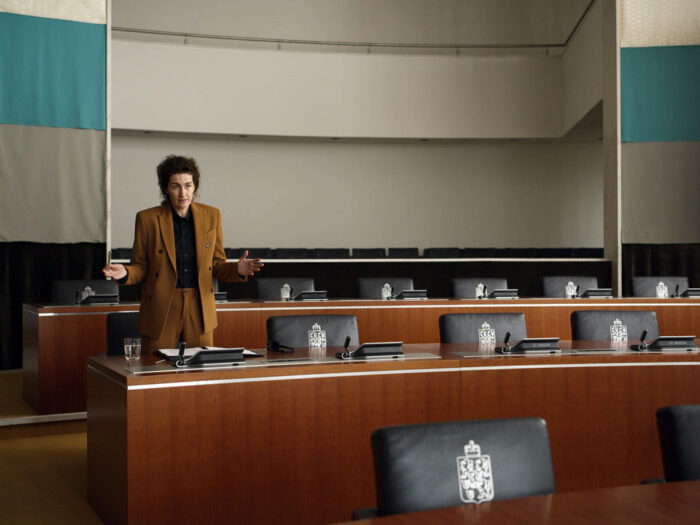
It is a large vowel that opens the mouth of the dying Laocoon attacked by the snakes on the beach of Troy. Four other vowels tear the lips of Salome, Mary of Nazareth, Mary of Magdala and Mary mother of James in Niccolò Dell’ Arca’s Lamentation over the Body of the Dead Christ. It is useless to count the innumerable vowels opening a crack in the suffering bodies. I come from a part of the world where pronouncing a vowel is an ancient fatality. This same fate addressed, in the Middle Ages, vowels with a moral restriction through structuring a kind of “moralization of the open mouth.” In middle ages’ art, a “general rule” was that people of higher rank should keep their lips closed while speaking. Only a phylactery could tell the content of an eventual voice in front of the mouth. And only joined lips could allow speech to escape in order to maintain the moral weight given to certain characters of higher symbolic rank. Only the sick, the traitors and those of lower rank express themselves with their mouths open. In other words, men of a higher rank—though not forbidden from speaking—are exclusively prevented from pronouncing the vowel. The vowel remains the threshold on which they can look at the face and stare in the eye of a dead cow.
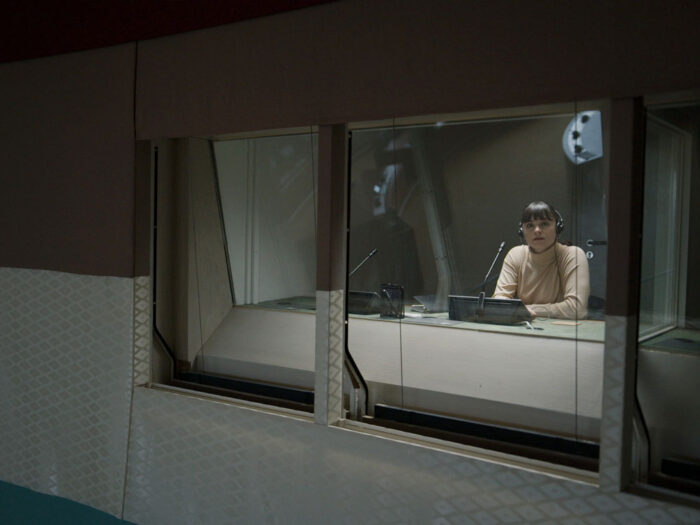
However, the white bull kidnapping the young princess Europa is Zeus himself metamorphosed into an animal. So, the white bull belongs to a higher rank than Europa. And indeed, many of the visual representations of the abduction of Europe depict white bulls running with their mouths closed. In the vast majority of the visualizations of the subject, the elegant bull carries the Phoenician princess with its mouth closed through the agitated waves of the Mediterranean while behind it, young women panic and soldiers run as he advances into the water without separating his lips. This closed mouth of the white bull is certainly that of the muted voice of the animal having no access to language. But this same closed mouth is also, and above all, a mouth trying to pronounce a consonant: a letter that has no sound in itself. Contrary to the vowel, the consonant is produced through an obstruction of the passage of air through the glottis. But to become audible, each consonant needs a vowel. Each consonant that closes the lips of higher ranks individuals needs the open mouth of a dead animal to start to matter. Therefore, every living animal life needs the evidence of death to speak. The only word still available to pronounce in spite of its mutism is only accomplished through death, in the pronunciation of the last vowel. The word and the name are thus born through the outward consonant leaving with the white bull’s closed mouth, and the returning vowel with the bloating body of the dead cow. Neither of them is able to speak alone. Voiceless remains the leaving white bull and silent will stay the vowel of the cow on the beach. Only the realization of the one through the evidence of the other is capable of promising the elocution of the name. Only this back and forth movement between the consonant and the vowel; between the desire of the bull and the death of the cow, between Tyre and Europe, is able to make the police officer pronounce my name the right way. And it is inside his mouth, through the successful succession of vowels and consonants, that the two ways’ path could be drawn over the Mediterranean. Only then, I can access to the European Union and behind me the glass door will remain open.
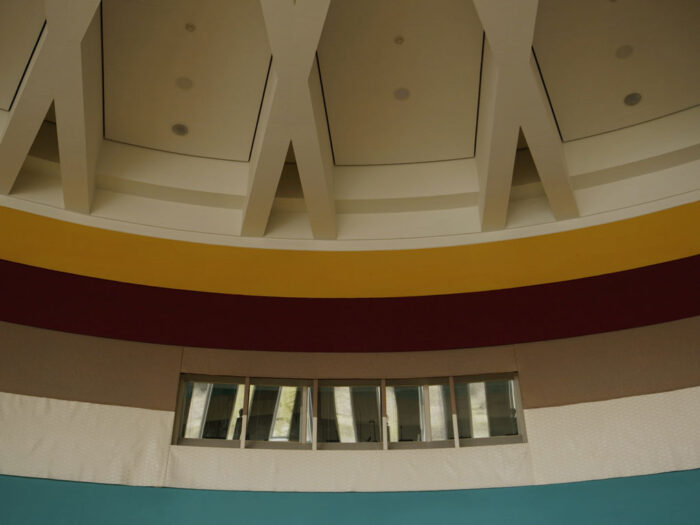
In fact, when a political discourse tries to give a definition for the concept of people in its social and political foundations, its starts from two theoretical and abstract conventions: “factum loquendi” and “factum pluralitatis”. The factum loquendi refers to the pure existence of language regardless of its qualitative or grammatical properties. It is an apparently obvious concept meaning that language is a faculty reserved for human beings and therefore becoming their only non-biological distinctive point. Language thus becomes the thing that human speech predisposes of in order to become operational: a condition that remains active in the memory of every act of language. As for the factum pluralitatis, it refers to the fact that human beings are made to live together within social communities. This social behavior shared with other species mainly animals becomes profoundly political when it is associated to the factum loquendi which adds to the community of people gathered around each other, a community of people gathered through the act of speaking the same language.
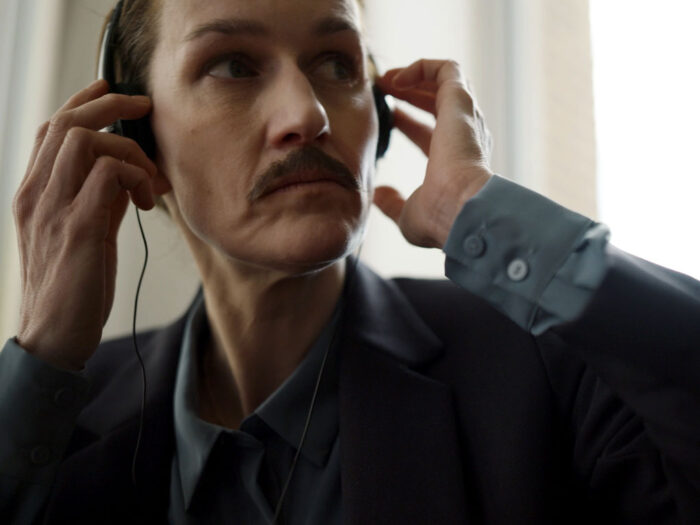
These two concepts are taken for granted and considered as postulates and starting points for every political thought. Thus, to be French is to belong to and be integrated in the community of the French people (factum pluralitatis), and to master the language of the community in its spoken form (factum loquendi). That’s the invisible reason why citizenship interviews are oral conversations whose purpose is to verify the factum loquendi since the factum pluralitatis remains an instinctive non verifiable human behavior. Only the word integration could think this factum in juridical terms by appropriating it inside the legal frame. Giorgio Agamben points out that neither of the two factums is clear enough. In spite of this ambiguity, the whole political culture is built on the consideration of these two postulates, which are taken for granted by linguists and political thinkers alike. Until today, many political and national entities make visible in the most obvious way the structure of this political construction. Agamben chooses the example of Zionism considering it as not only the moment of construction and conception of the political shape of the land of Israel but also the moment of conception of the idea of people of Israel. Agamben notes that when this construction took place, a re-actualization and profanation of a language formerly reserved to the sacred, the mystical and the spiritual was made Hebrew became the official language of the new state. Arab nationalism took the same path and worked through this same construction. While the Arabic language is protected from manipulation and modernization by the fact that it is the language by which, for Islam, God dictated the Koran to Mohammed; the mysticism of the language was transformed into an official national language when the Arab invasions transformed the theological mysticism of Arabic into a language of administration. The political existence of each of the two nations was made possible through the establishment of Hebrew as a secular language common to all the Jews of the world, whether Israeli or not; and literary Koranic Arabic as a historical and political mark to 365 million people in Arab territories or in the diaspora. Therefore, to cry, shout, insult, fall in love, train a dog in Arabic, in Hebrew or in any other national language is to situate the exile of men speaking the same language. This exile comes to an end in the true homeland that gathers them through their glottis.
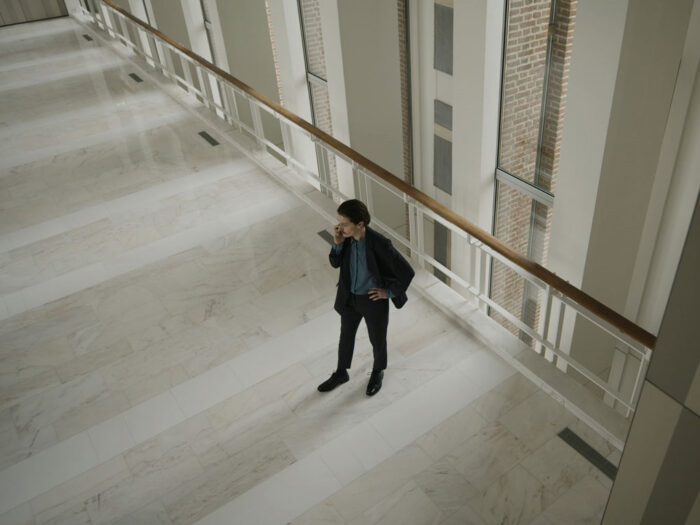
What kind of union is that of a community of people who are not speaking the same language? What kind of exile is coming to an end on the soil of Europe? Which European needs a translating application on his cell phone when meeting another European? Either the European people do not exist because of the abolishment of the factum loquendi or the factum loquendi itself does not exist and has been destroyed by Europe. In fact, how is it possible that a Dutch police officer fails to pronounce my name before granting me access to the same Europe where a French police officer can make me enter? What kind of land is protected and fenced by women and men that are not able to speak the same language, the same way? So, another factum is needed to understand Europe and its union. I will call it factum defectum which means the failure as a fact. In fact, what is shared by all the inhabitants of this land, Europeans and non-Europeans alike, is that they all share the recognition of the failure as a fundamental social and linguistic foundation. Despite the fact that all Europeans don’t speak the same language, they all share the ability to fail the same way in front of the same linguistic structure. A European union is then bond through this factum defectum which becomes the fundamental bridge between all the inhabitants of the soil of Europe. This is not the case of other unions. The pan Arabism was created to unite a group of people speaking the same language thus reducing the failure to a minimum. By becoming a factum, the failure of the name links not only Europeans between each other, but unites the speakable to the unspeakable, the vowel and the consonant in the dusty ruin of a failed language. In these large landscapes of ruins where names, verbs and words collapse, people and animals walk around. Those who are still alive wander closing their lips on unpronounceable consonants. On the edges of the paths, or on vast golden beaches, they encounter the rested bodies of dead animals and men opening their mouths on inaudible vowels. Only this walkthrough in the open landscapes of Europa could pretend to build a union. A union that is already kept safe inside our names, in the volatile vowels and the rocky consonants, traveling between my closed lips and the open beak of a sparrow lying on a stone paved alley in Maastricht. And it’s cold.
What has left since we left is promoted and produced by Careof Milan in collaboration with the Jan Van Eyck Academie Maastricht and Museo Civico di Castelbuono (PA) with the support of the Italian Council and made possible with the adjunct funds from Fondazione Cariplo. The film was co-produced by Kingswood Films (NL) with the support of the Limburg Film Fonds and the Dommering Fonds. All the images here are stills from the film.



